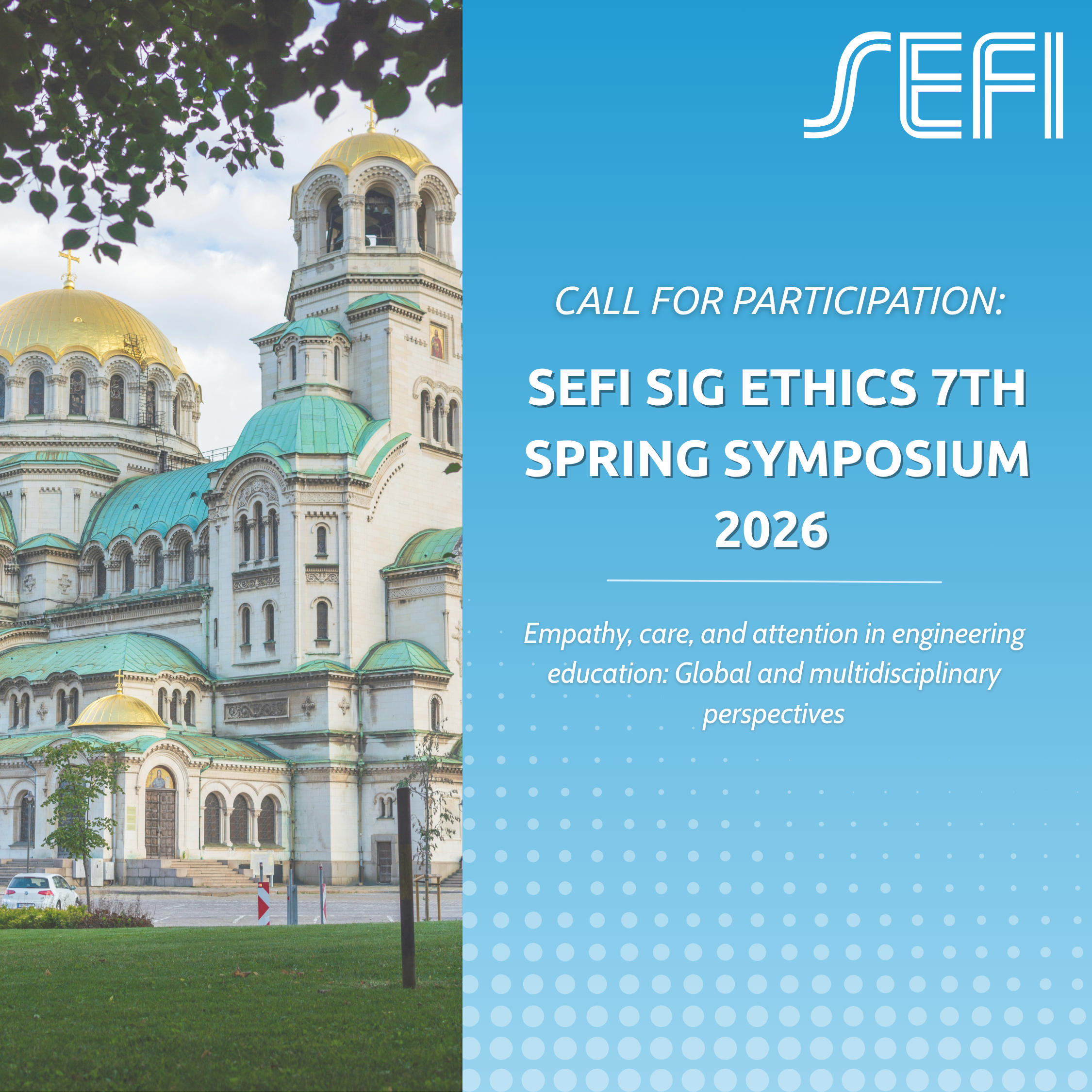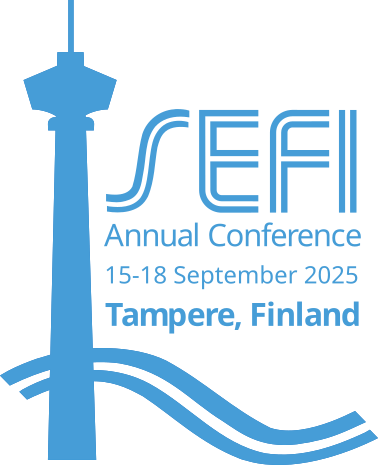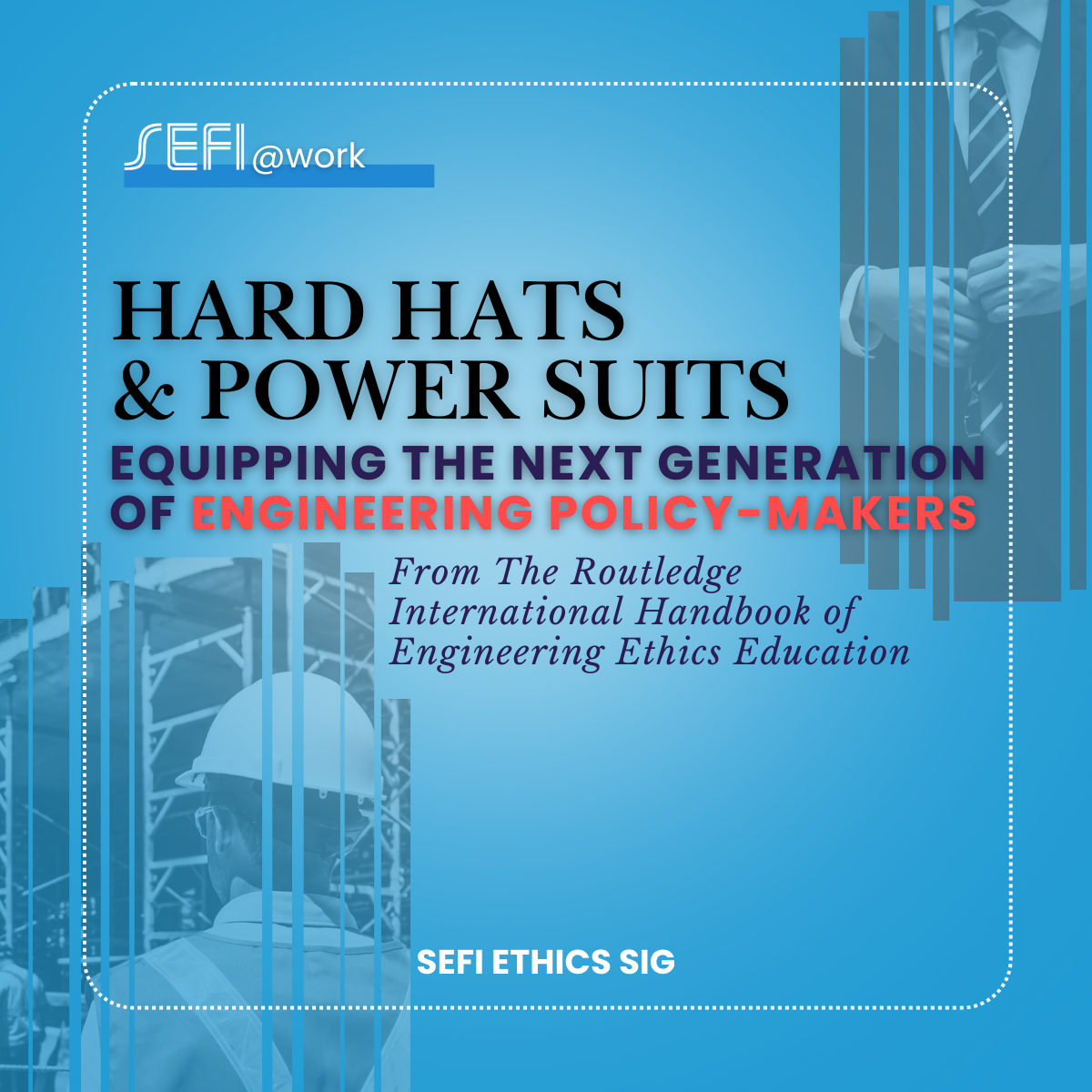Empathy, care, and attention in engineering education: Global and multidisciplinary perspectives Date: 20-24 April 2026 (9:00-17:30…

TU Delft, The Netherlands
At a general level, the basic tenets of value sensitive design (VSD) are easy enough to grasp; the challenge lies in applying the concepts and methods to specific domains or technologies, and working through the complex and nuanced interaction between values and design that arises therein. Through my work on the ethics of urban lighting – including research on light pollution, the aesthetics of urban nights, and the value of darkness – I’ve explored the value landscape of one technology in detail. More recently, I’ve had the opportunity to apply this research within educational contexts via guest lectures, assignments, and workshops – such as a case study for the 4TU.Ethics SURF project. Over the past two years, I’ve also participated in the 4TU.CEE research project COMET, where we’ve been exploring the future of engineering ethics education (including how value-sensitive theories can be incorporated into engineering ethics education). The intersection of these projects and experiences provides an opportunity to briefly reflect on the “value of teaching the value of darkness,” which I hope can offer points for discussion and debate, and perhaps shed some light on the potential of VSD within engineering education (apologies for the pun).
With more space much could be said about, for example: engagement within lighting design courses given the topical relevance; the opportunities for deconstructing presupposed values and their relation to artificial lighting, such as safety; or, the reactions to a case study outside the “standard toolbox” of engineering ethics topics. However an important reflection I’d like to highlight isn’t one of content per se, but of perspective. I often ask how to bring darkness (and its associated positive values) back into cities, rather than focusing solely on the negative effects caused by excess artificial illumination. Instead of foregrounding questions of blame or harm, this challenges students to see their roles as engineers and designers as an opportunity – and responsibility – to make positive impacts. Presenting darkness as a source of social and environmental value is, at its core, an exercise in critically and creatively exploring our problem frames. It surfaces complex questions about how technologies mediate our relationship with the natural environment, what qualities and experiences we’re striving for in urban spaces, and which stakeholders (human and non-human alike) are included in our visions for cities at night. This can allow for a reflexive look at the presuppositions we carry, and how these frame the problems and resultant solutions they lead us towards. This, I believe, can help to cultivate a critical – but also creative, optimistic, and ultimately value-sensitive – perspective within our engineers in training.


